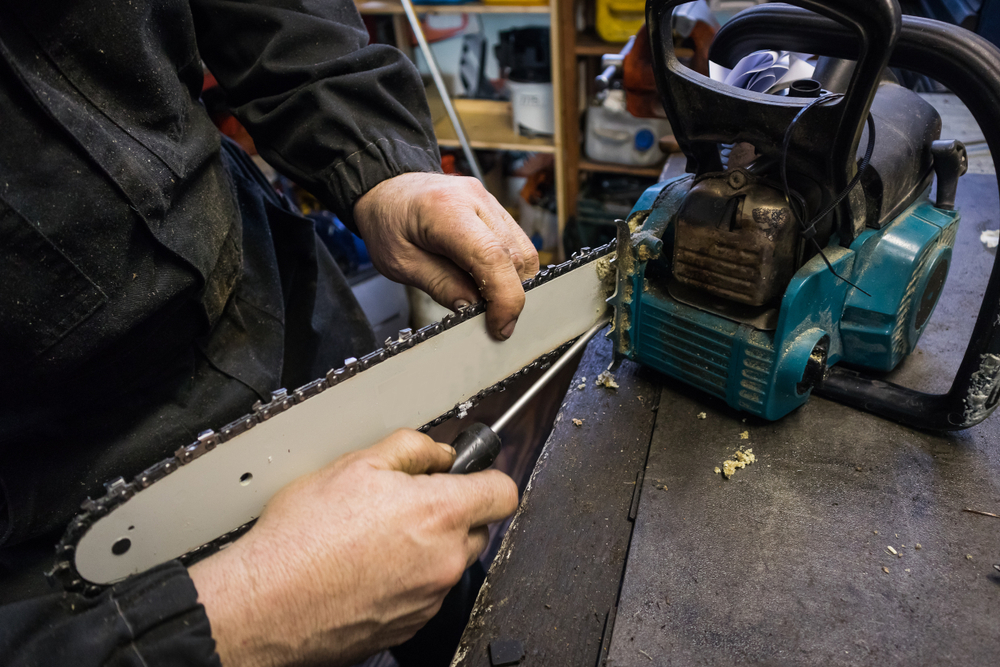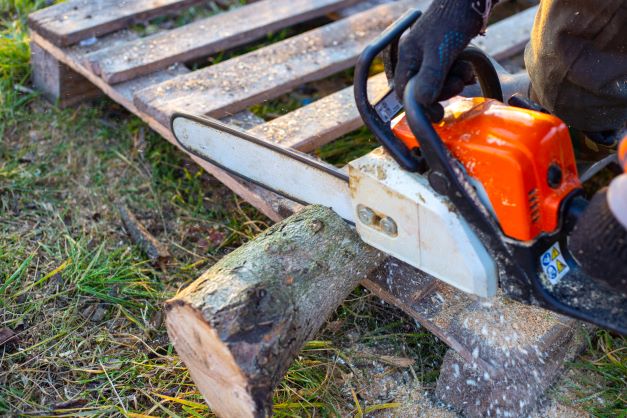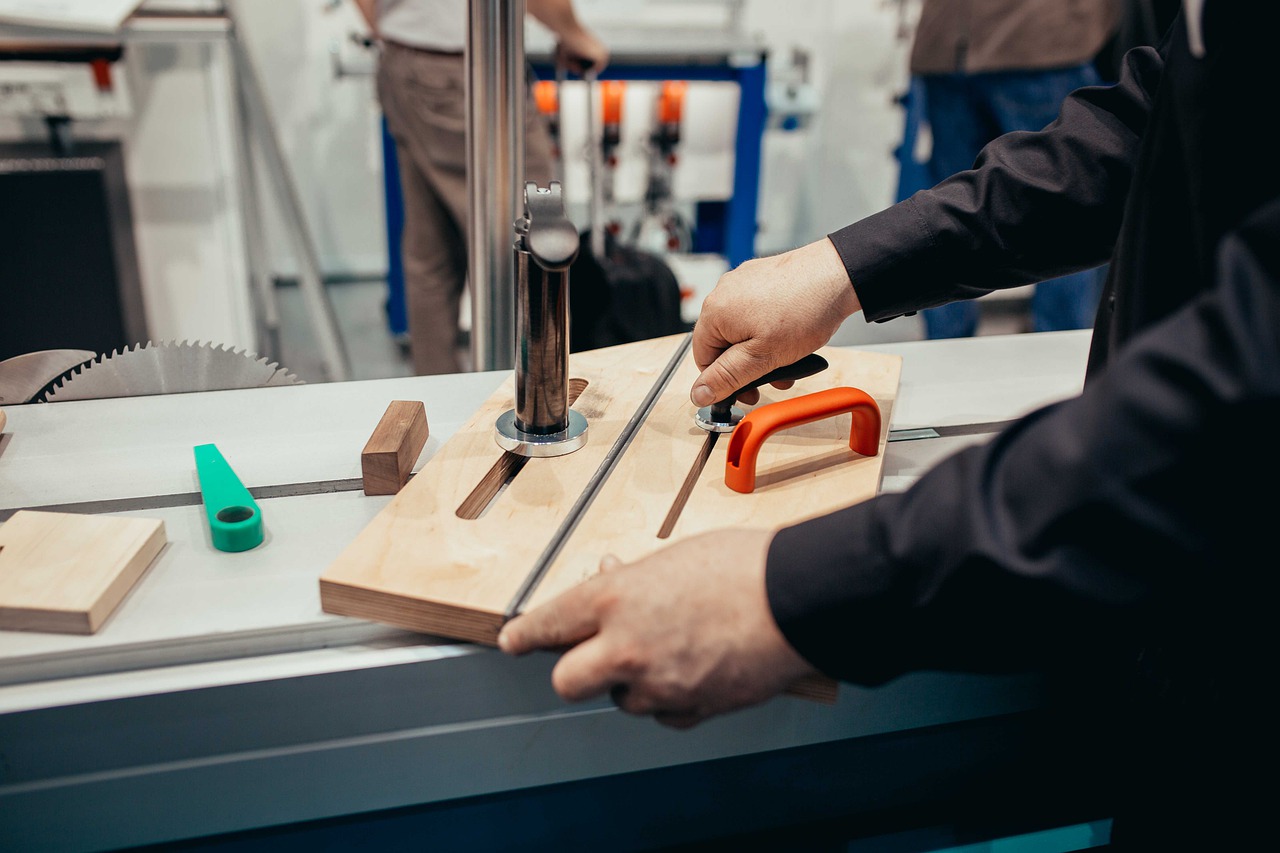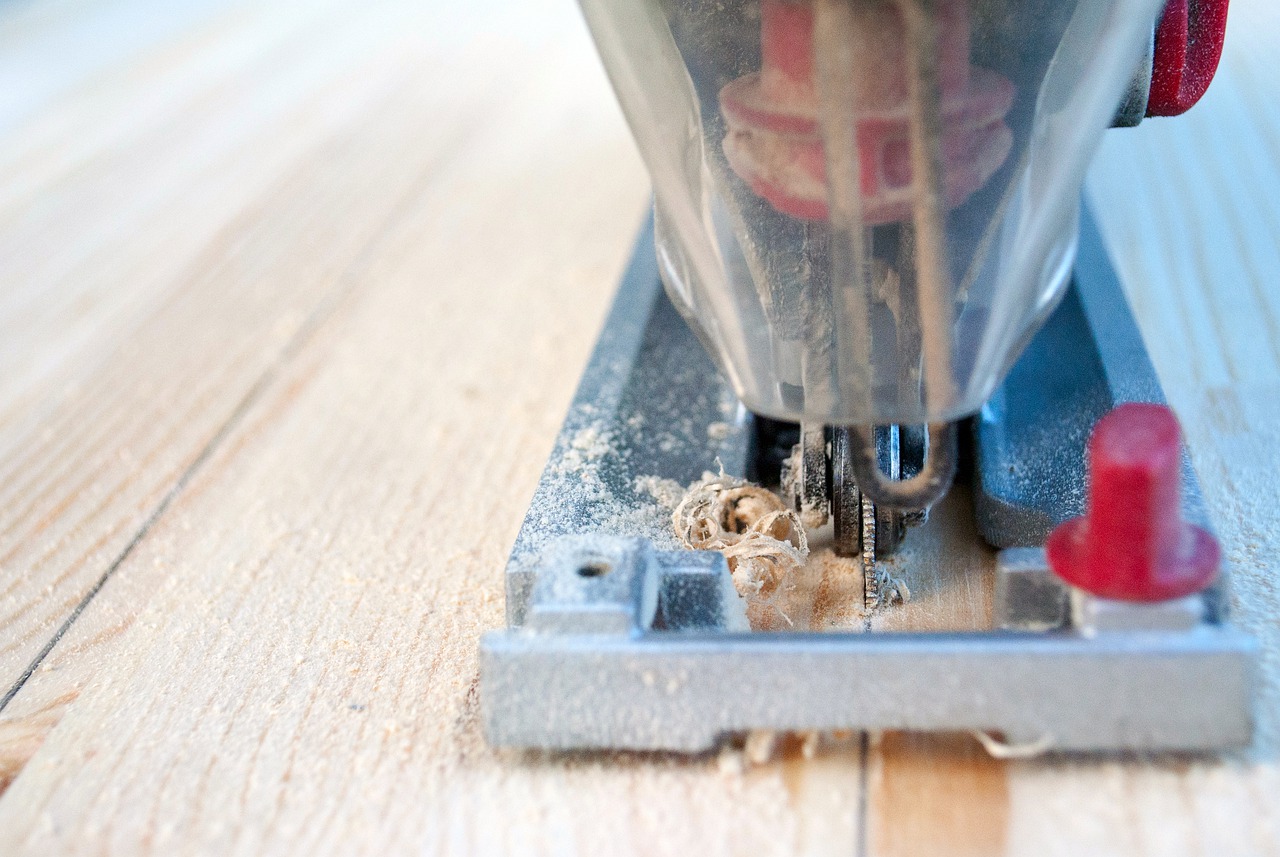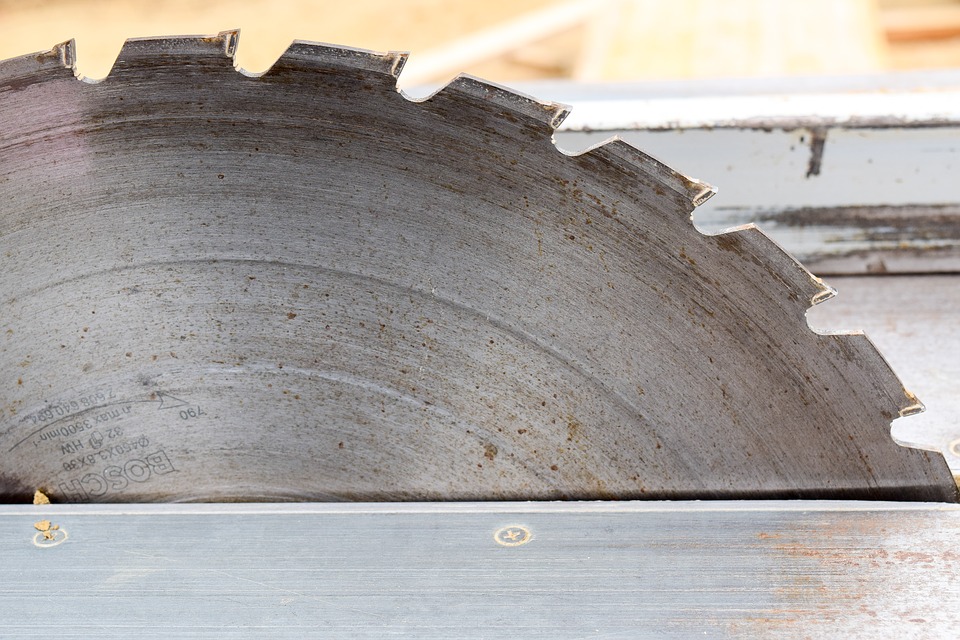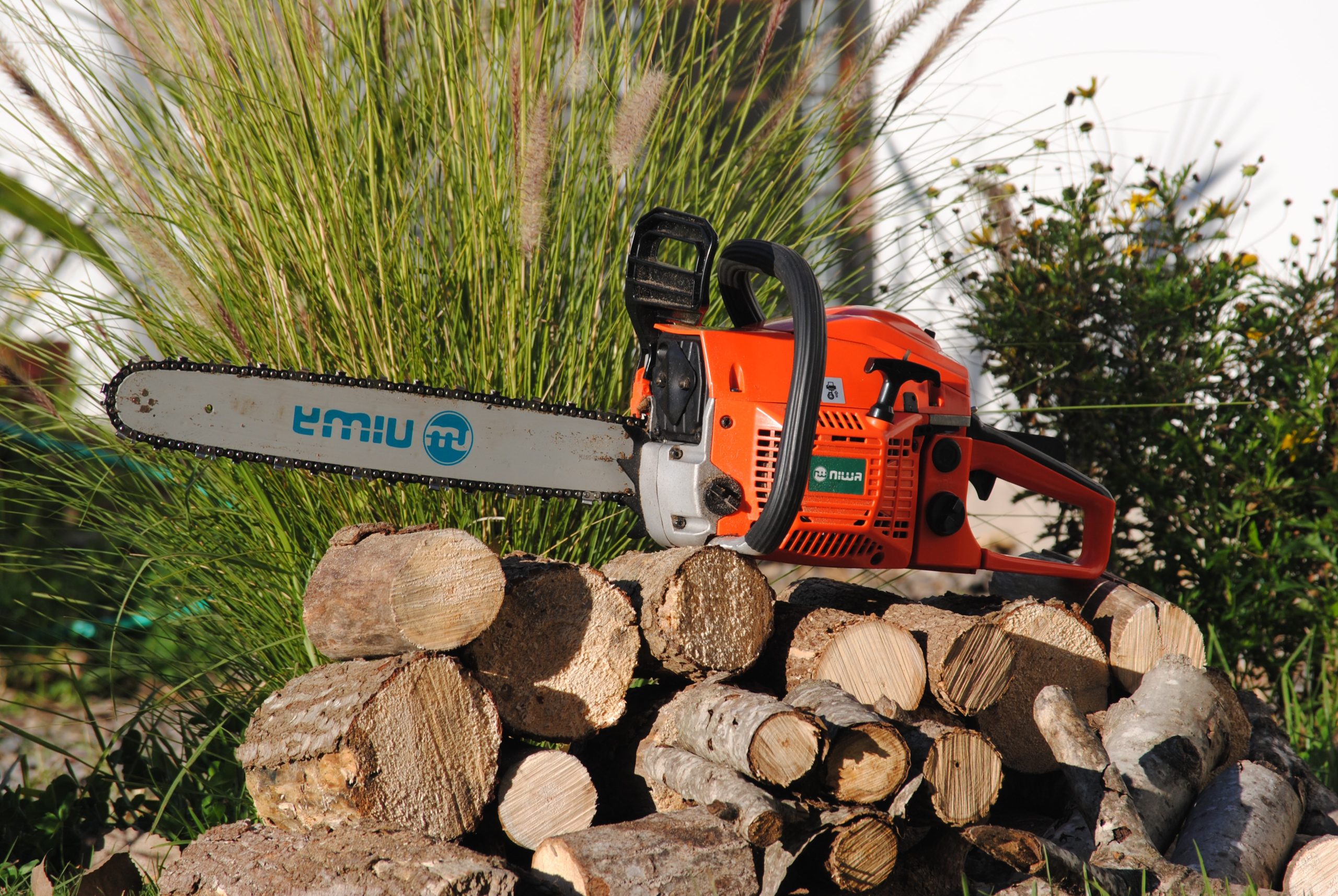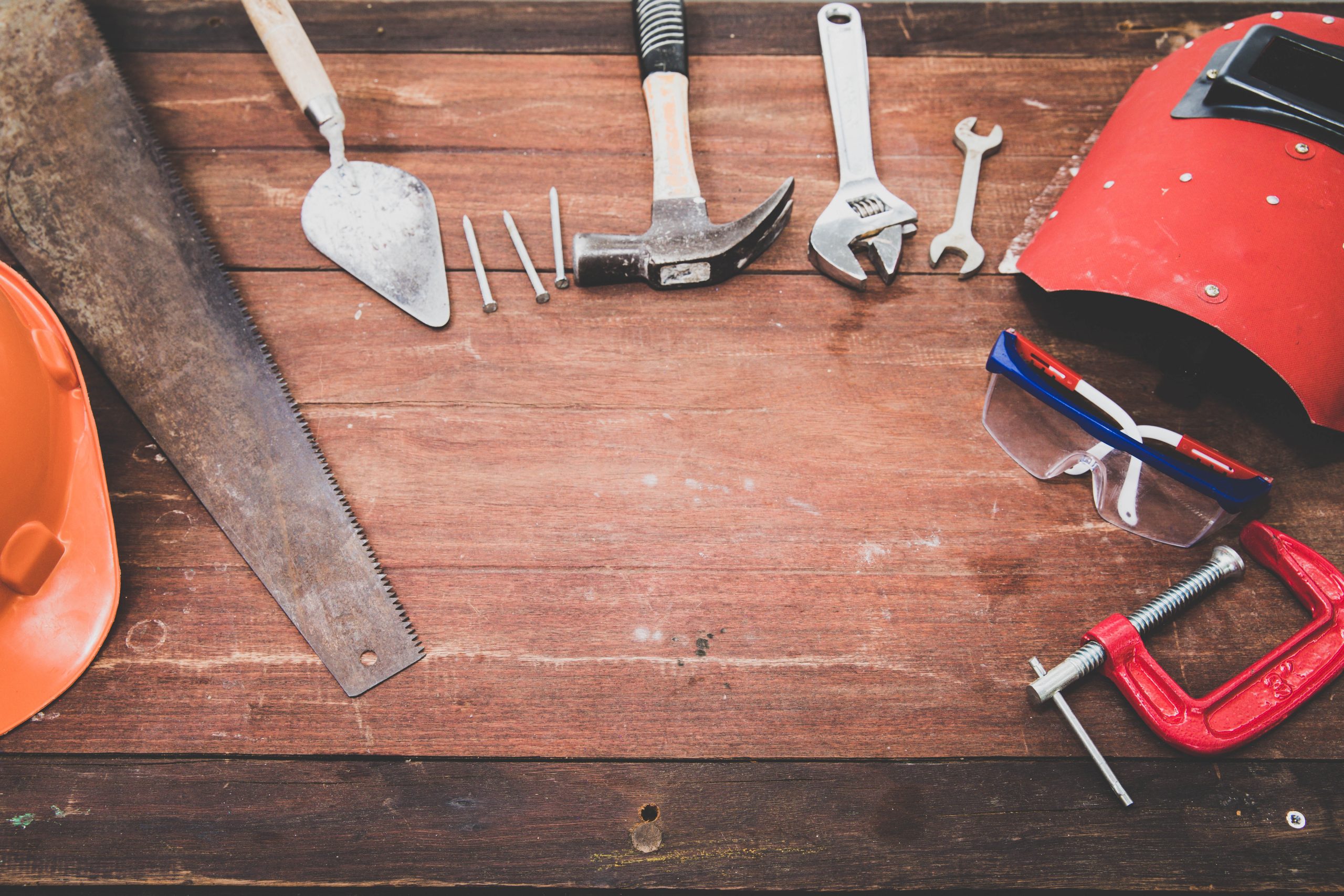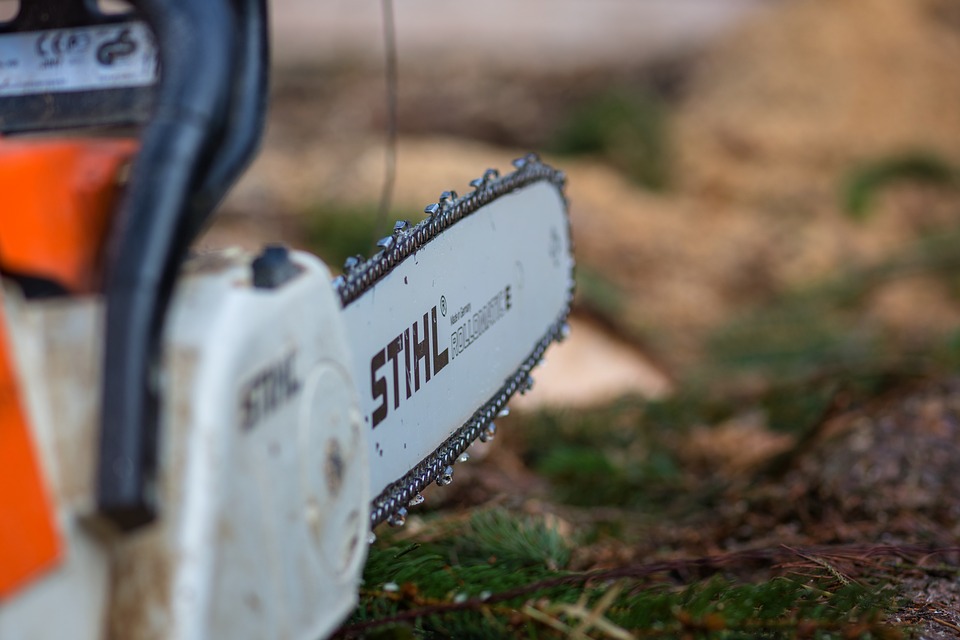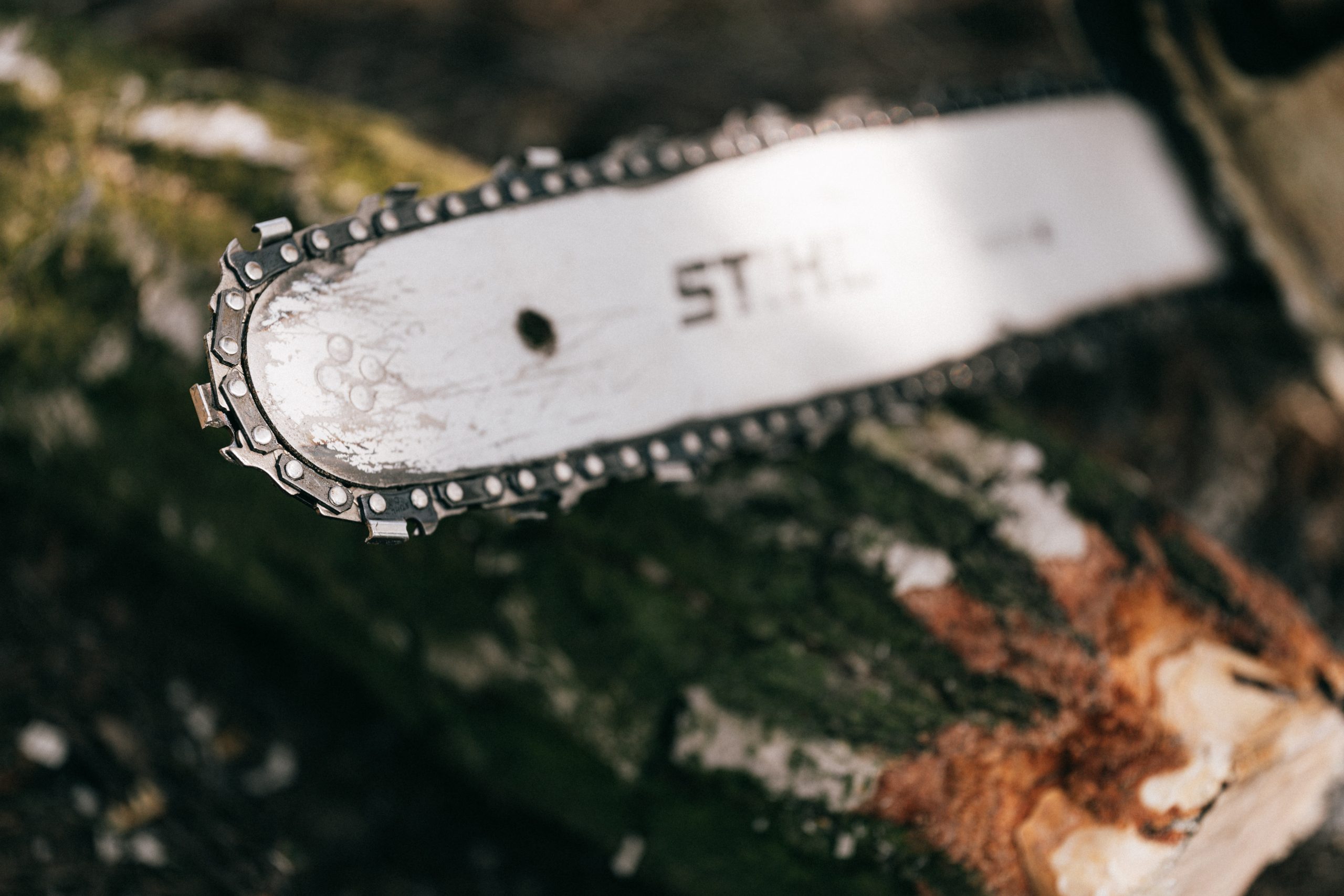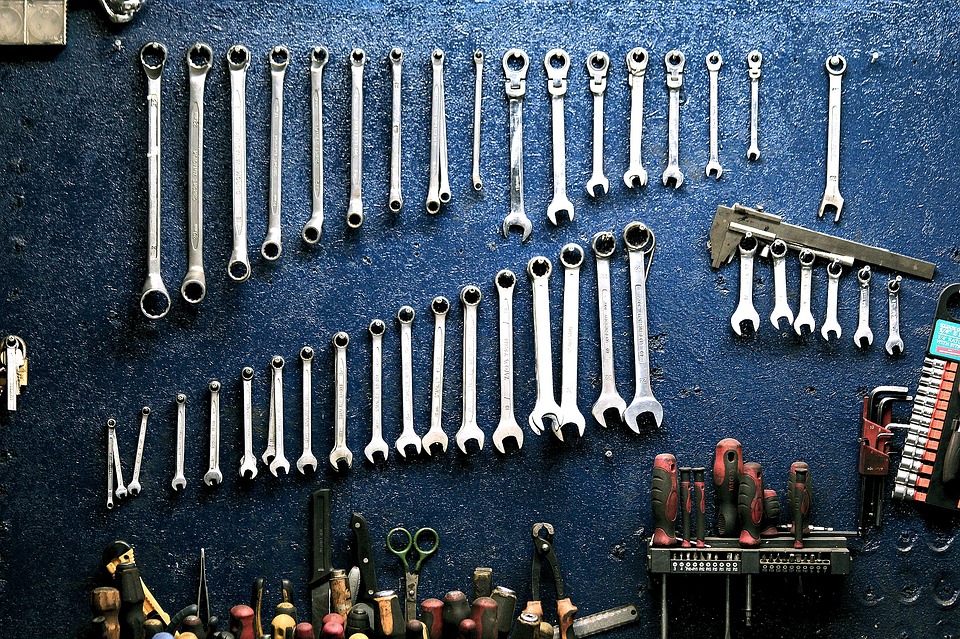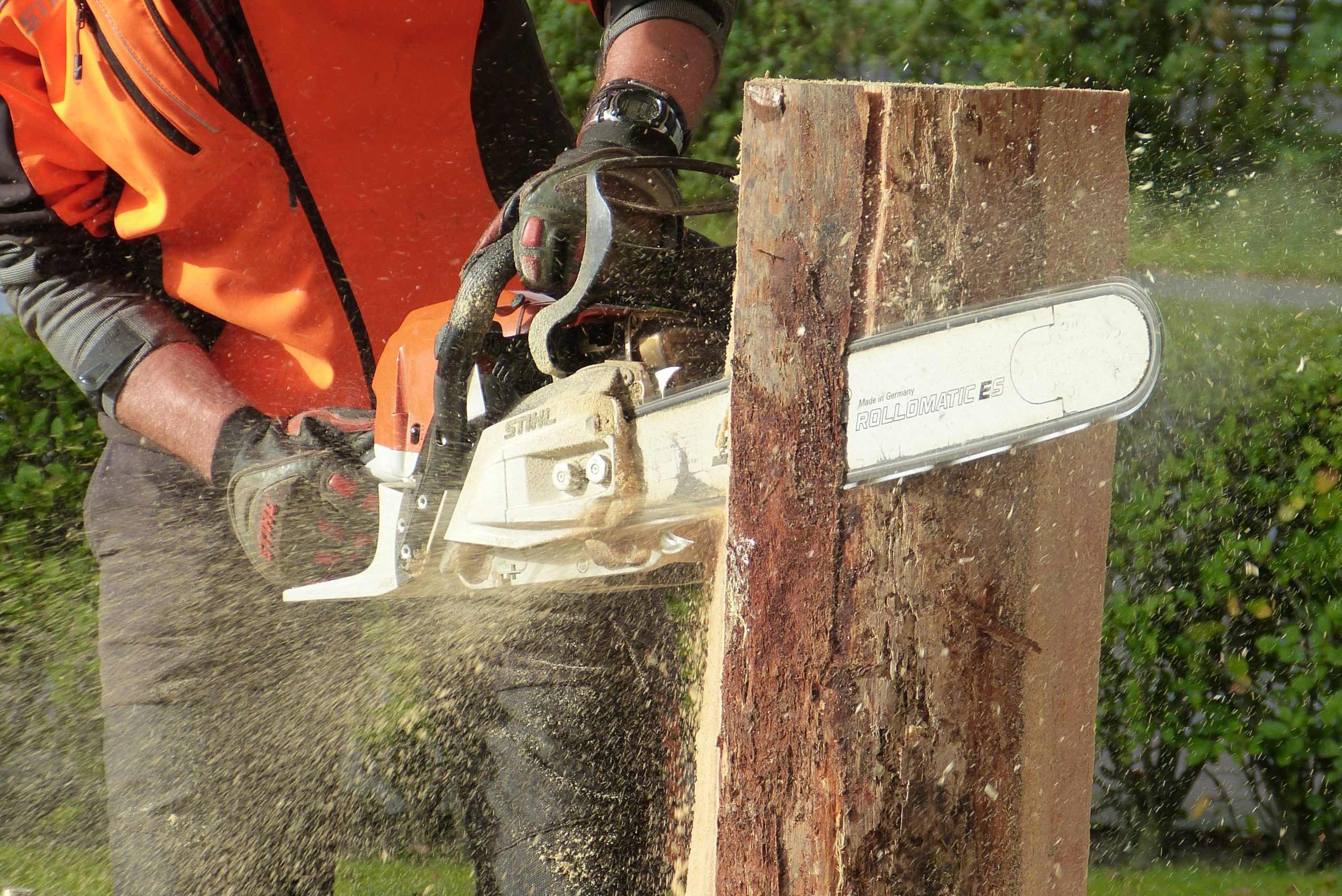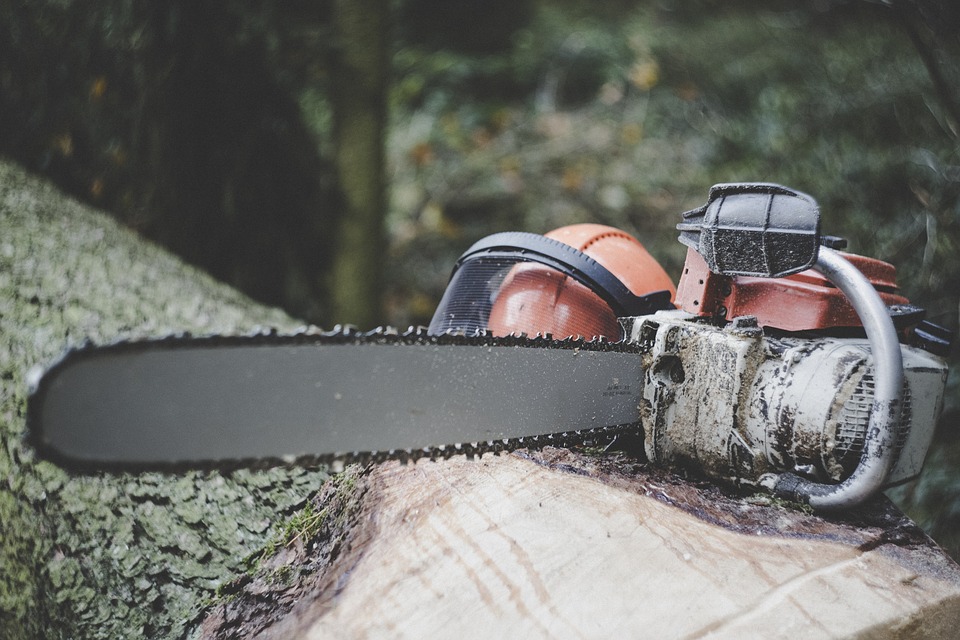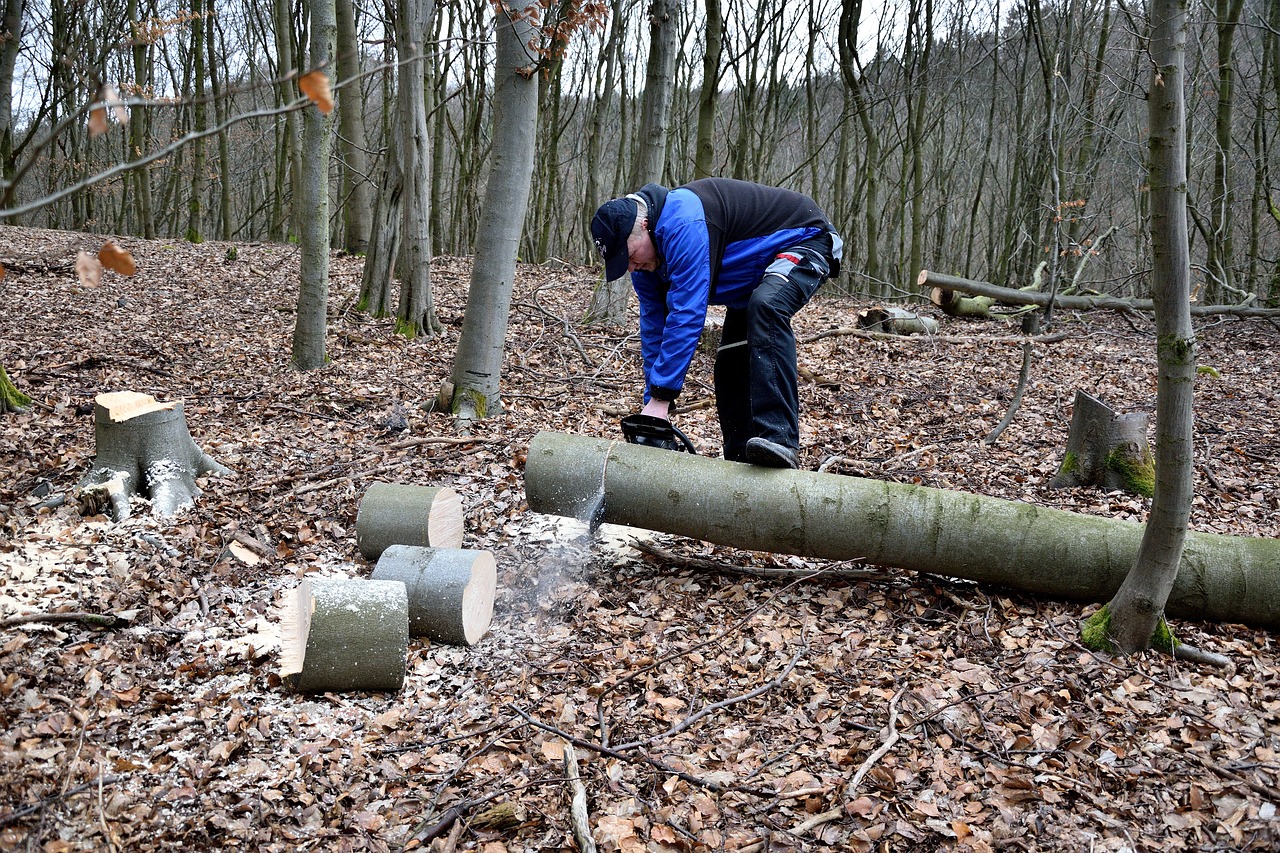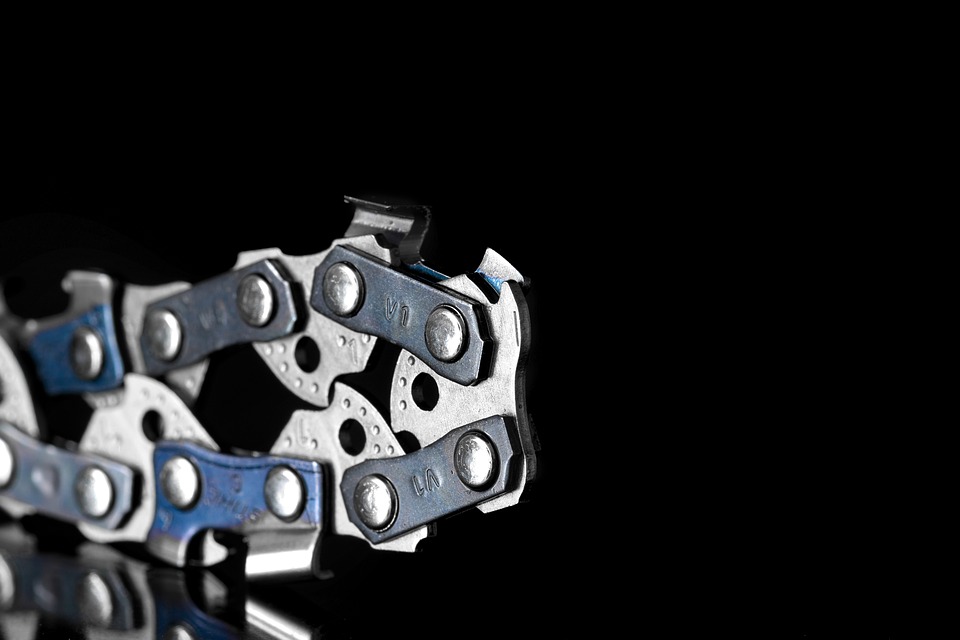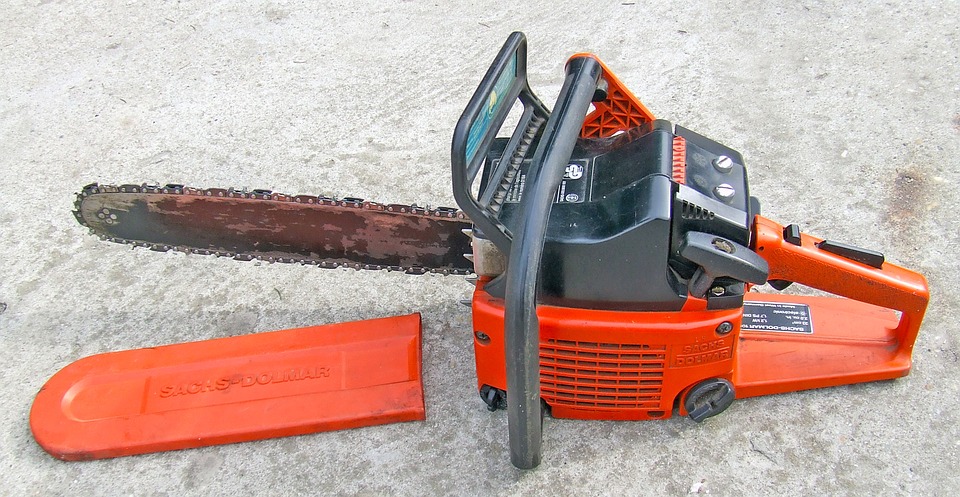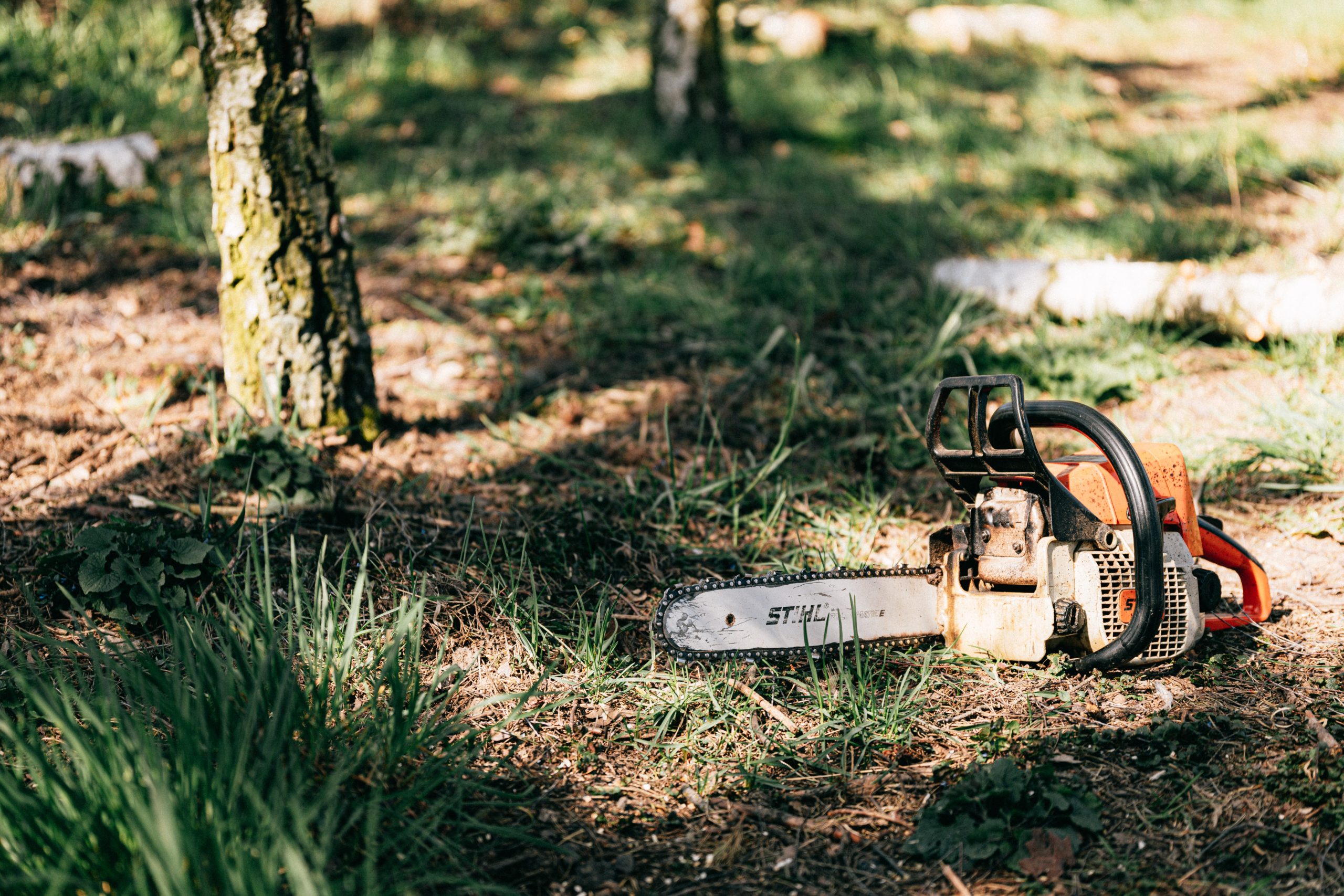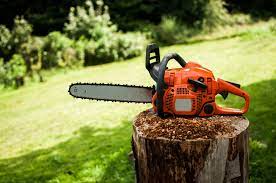If you own a chainsaw, you probably want to learn how to clean a chainsaw. There are a few steps you should follow to ensure the saw is clean. From cleaning the fuel tank and air filter to lubricating the chain and bar, there are several things you should keep in mind to help you clean the tool.
Cleaning the air filter
Clean air filters on a chainsaw make a huge difference in the performance of the chainsaw. In addition, a dirty air filter can lead to a clogged filter, which can impede the flow of clean air into the engine, leading to decreased power. A clogged filter can also reduce fuel efficiency.
Depending on the model of your chainsaw, you may need to replace the air filter. The air filter is a protective device that stops dust particles from entering the engine. It should be cleaned regularly.
Air filters are usually located on top of the equipment. This means that they are easy to clean. When cleaning an air filter, use hot water. However, it is not necessary to completely wash the filter. Instead, just brush it gently to remove excess oil and dirt.
Chainsaws are very powerful pieces of technology. Because of their weight and strength, they are dangerous to operate. If you don’t care for them properly, you may end up damaging them.
Cleaning the fuel tank
Chainsaws are an expensive piece of equipment. You want to make sure you take care of your chainsaw to keep it running for a long time. One of the best ways to do this is to clean the fuel tank.
The tank contains a mixture of gasoline and oil. Airborne debris can collect in the tank and clog up the carburetor. By cleaning the tank, you can help prevent the engine from clogging up. This will also increase the efficiency of your chainsaw.
A dirty carburetor reduces the amount of power that your saw can produce. It can also lead to incomplete combustion. In addition, a dirty filter will block air from entering the engine’s ignition chamber.
To clean the chainsaw, first unplug the gas tank. Next, remove the plastic cover. If the chainsaw’s gas tank is made of metal, you may need to loosen the screws.
When you’ve done that, drain the fuel and mix it with fresh fuel. Make sure to use high quality products.
Cleaning the muffler
If you are using a chainsaw, you must be familiar with the steps to clean the muffler. You can do this yourself or hire a professional. It’s important to keep your muffler in good condition to extend the life of your small engine.
Keeping your muffler free of dirt and debris can improve the performance of your chainsaw. A clogged muffler can increase backpressure and wear out the rings over time. The muffler is an integral part of the exhaust system.
Chainsaw mufflers typically use perforated tubes and chambers. They are usually located at the front of the chainsaw. Having a dirty muffler can lead to poor starting in cold weather. To prevent this, it’s important to make sure you clean it regularly.
Chainsaw mufflers are designed to muffle the high levels of noise produced by the engine. This means that if they’re clogged, you won’t be able to hear the sound of the chainsaw. For example, if you’re working on a tree and hear smoke coming from the muffler, it may mean you have a larger problem.
Cleaning the chain and bar oil lubrication
One of the most important things to do when using a chainsaw is cleaning the chain and bar oil. This can make a big difference in the longevity of your chainsaw. It can also ensure that the saw is safe to operate.
There are several ways to clean the chain and bar oil. However, it’s important to choose the right methods for you. The type of materials you use will also depend on how you plan to use the saw.
A wire brush can be used to remove stubborn grime. Make sure you have a flat, stable surface to work on. Also, wear protective gear when operating your chainsaw. Wear gloves, goggles, and a mask to avoid getting your face wet or having oil in your mouth.
After the chain and bar are clean, you need to lubricate the chain. You can do this with canola oil, a vegetable oil that is derived from rapeseed. Compared to regular chain and bar oils, canola oil is less sticky and won’t cause your chain to swell.
